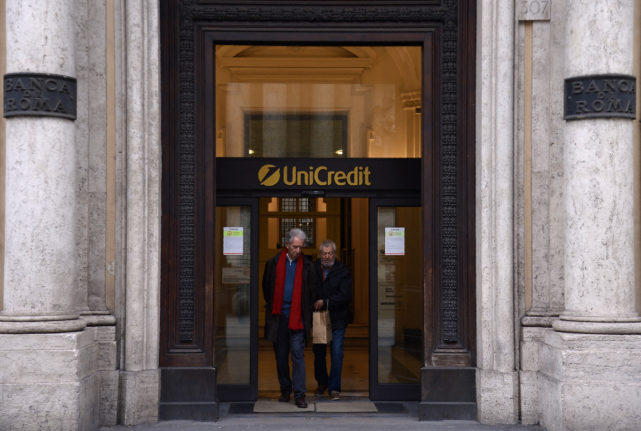A long-planned reform of Italy’s utility suppliers system means that many customers around the country may have their current electricity provider automatically changed as of July 1st of this year.
But, as new details over the reform have emerged in recent days, it’s now easier to understand what the upcoming change will be all about and what it will mean for customers.
What’s changing?
At the moment, electricity customers in Italy have two options.
You can sign up for an energy supply contract with tariffs set by the Italian national energy regulator Arera under what’s called mercato tutelato, or ‘protected market’.
Or you can sign up for a contract with a private supplier in the mercato libero (or ‘free’ market), with providers setting their own rates and being at liberty to offer a variety of discounts and promotions.
But, following the introduction of laws aimed at increasing market liberalisation in Italy, the ‘protected’ market option is now being phased out, with electricity contracts at state-controlled rates set to expire on July 1st 2024 (the original deadline fell on April 1st but was later postponed by three months).
READ ALSO: Why you may need to switch your Italian energy supplier by 2024
This means that customers on protected contracts (approximately 4.5 million households according to the latest estimates) will have until the start of July to switch to a new provider (and contract) within the free market.
What happens if I don’t make the switch?
Customers who don’t make the switch to a ‘free market’ provider by July 1st will be automatically assigned to a new supplier and placed under a ‘gradual protection contract’ (or servizio a tutele graduali).
This is a special three-year contract designed by national energy regulator Arera to smooth customers’ transition from the protected market to the free market.
Under the contract, private suppliers will offer rates in line with or, at times, lower than previous ‘protected’ tariffs, with customers enjoying a fixed rate (i.e., not varying based on market price fluctuations) for the first 12 months.
READ ALSO: At what time of day is electricity cheapest in Italy?
The switch to the ‘gradual protection’ contract will be free of charge and totally automatic, with previous direct debit arrangements set to be transferred to the new contract.
The switch will apply to all households on protected electricity contracts, except customers identified as ‘vulnerable’ by Arera, who will continue to enjoy protected market tariffs beyond July 2024. These include people over 75, people with disabilities and severely ill patients.
How are my bills going to change?
Automatically assigned private suppliers will apply rates generally in line with previous state-controlled tariffs.
In some cases, the switch to the ‘gradual protection contract’ may even lead to non-negligible savings on your yearly electricity bill.
For instance, customers in Avellino, Benevento, Grosseto, Livorno, Pisa, Pistoia, Prato and Siena may see annual savings of up to 200 euros, according to a report from Italian news website Today.
For any further information on ‘gradual protection’ contracts, see national energy regulator Arera’s website.




 Please whitelist us to continue reading.
Please whitelist us to continue reading.
Member comments